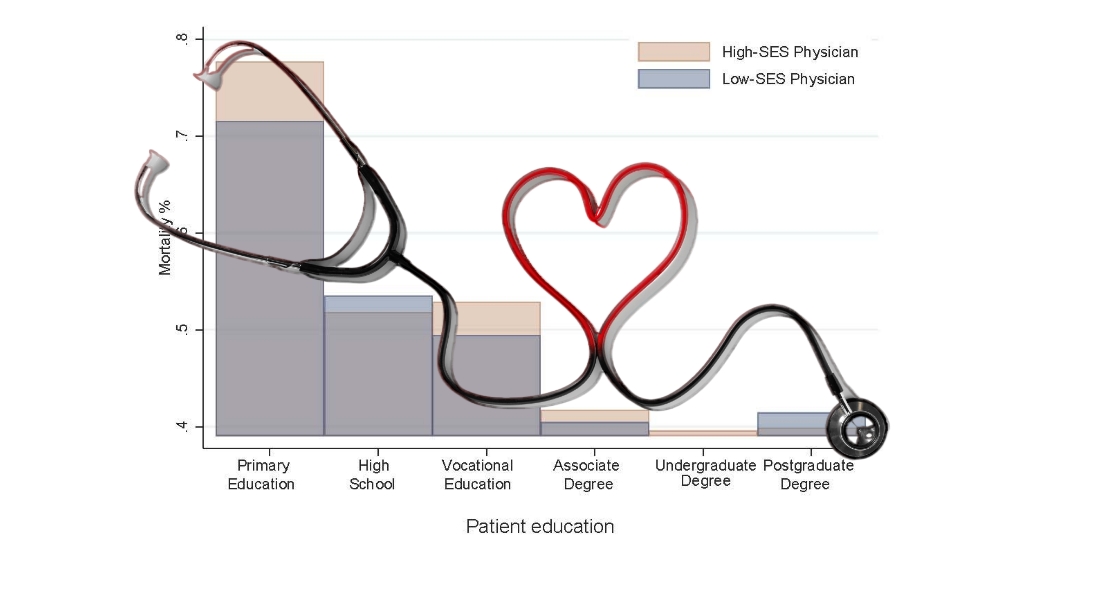Physician-patient match matters
One doctor is not as good as another when it comes to patients with low socio-economic status. The doctor who grew up with parents with low education positively affects the lives of her patients with an equally low socio-economic status.

Health disparities are large and growing in developed economies: People with low socio-economic status (SES) have worse self-reported health, more chronic conditions, and shorter life expectancy.
The gap in life expectancy in the US between a college and a high school male graduate is 7. Even in countries with universal healthcare access and the most equal income distributions, like Denmark, we still observe a similar SES gradient in health.
Ida Lykke Kristiansen from CEBI, University of Copenhagen and her co-author Sophie Yanying Sheng from University College San Diego have investigated the importance of the match between primary care physicians and patients.
Primary care physicians’ responsibilities cover almost all aspects of everyday health; they interact with patients, make diagnoses, prescribe drugs, are gatekeepers to medical specialists, and work with patients to manage chronic conditions making the physician-patient relationship especially important in this setting – maybe even essential?
That was the overall question that Ida and Sophie asked. The answer, they found, was yes: those subtle characteristics made up by the background SES do make a difference and a rather significant one.
We do not find that other attributes of the physician, including academic performance, graduating institution, gender, experience, or experience with low-SES patients, contribute to the effect we find.
Closing gap in mortality
In their study Ida and Sophie focus on mortality and find that SES concordance between physicians and patients closes the gap in mortality between low and high SES by 24.8%.
Is this effect only a matter of the physician’s background you may wonder? Ida confirms:
- We do not find that other attributes of the physician, including academic performance, graduating institution, gender, experience, or experience with low-SES patients, contribute to the effect we find.
What the authors do find is a positive effect of physicians who have a parent who has been treated or died from any of the chronic conditions the study focused on. That experience of the physician reduces the all-cause mortality in the three years after diagnosis, treatment, and clinic closure.
- the reduction in the SES gradient in mortality is not caused by harming the high-SES patients, but by improving the health of low-SES patients whose health seems particularly sensitive to their assigned physician, Ida elaborates.
